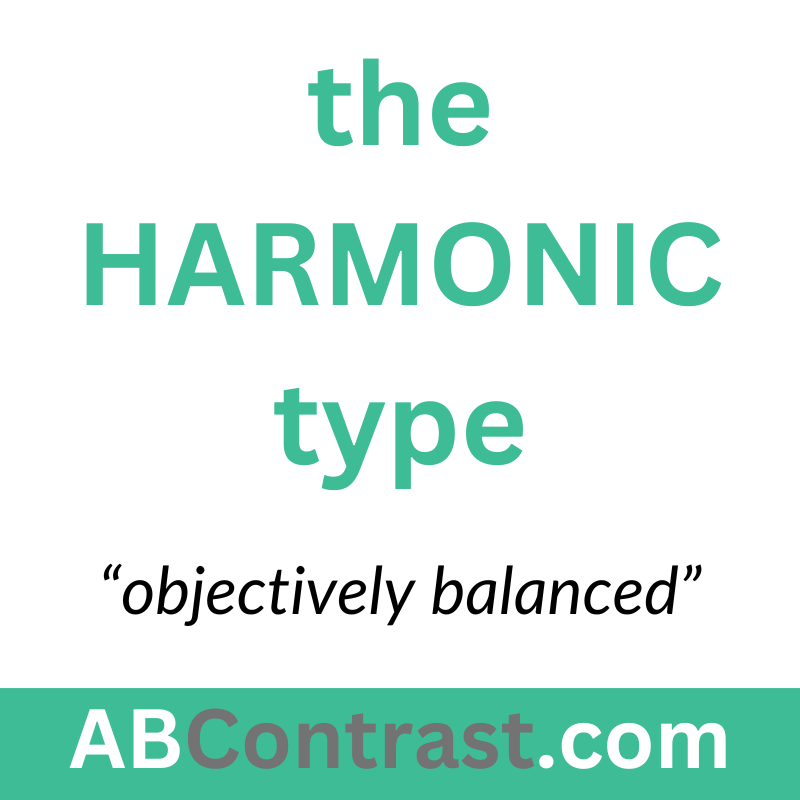Understanding The Importance Of Harmonic Personality Types
When we delve into the realm of personality types, particularly within the ABContrast assessment framework, the Harmonic type stands out for its unique qualities. Unlike more polarized types that exhibit clear-cut characteristics, the Harmonic type embodies a balanced perspective that can be less conspicuous yet equally vital. Keep in mind that the ABContrast offers 6 areas of assessment, so the Harmonic type can present itself in a variety of ways!
The Harmonic Essence
At its core, the Harmonic is one of the five main types in the ABContrast system, yet it plays a significant role within a broader spectrum of 49 total personality types. This positioning makes it particularly important in the context of interpersonal dynamics. The true Harmonic is an Absolute type, defined by its rigid balance and centeredness among the other types. This equilibrium allows Harmonics to embody (some) aspects of each type without fully committing to those tendencies. They possess something of a seeming half measure of energy and effort in 2 directions at once, adjusting as needed based on the current focus or demands of their environment. This adaptability is crucial, enabling their effective navigations of moderating complex interpersonal dynamics (Authentic Behavior Contrast). Note the “Absolute” HARMONIC in the center of the 5 main types.

The Role of Pairings
Interestingly, the Harmonic type is responsible for creating pairings for 25 of the 49 total ABContrast types. This pairing potential highlights its importance in maintaining balance and harmony within group dynamics. The concept of pairing emphasizes how the Harmonic types serve as a bridge between the more polarized behaviors of various personality types, helping to mediate and harmonize those sometimes oppositional interactions. Just look for the letter “H” in any of the acronyms in the ABContrast matrix.

The Importance of Harmonic Presence in Teams
In team dynamics, the presence of a Harmonic type can be the linchpin for success. Teams that incorporate a Harmonic influence benefit from a stabilizing force that helps mediate between conflicting behaviors. Whenever there’s a Harmonic presence, the respective directional middle ground is well represented, allowing for more effective communication exchanges and collaboration. Without this balance, interactions can quickly escalate into conflicts, leading to dysfunction—a scenario that no one wants, but everyone experiences all too often. The Harmonic type acts as a bridge, fostering understanding and cooperation among diverse personality types (Authentic Behavior Contrast).
Conclusion
In summary, the Harmonic type is essential for creating livable environments, particularly in team settings. Their balanced nature and adaptability enable them to navigate the complexities of human interaction effectively. Given that the Harmonic type is the basis for a significant portion of the total types (25 out of 49), their role is indeed a very big deal. To ensure successful collaborations, it is imperative to include authentically Harmonic individuals in team efforts, as they can help mitigate clashes that arise from contrasting (“directional”) behaviors.
For those interested in exploring these concepts further, the ABContrast framework provides comprehensive insights into personality dynamics and their implications for personal and professional relationships. For more information, visit ABContrast and consider diving into our resources for a deeper understanding of what behavior is authentic to you (Authentic Behavior Contrast).

